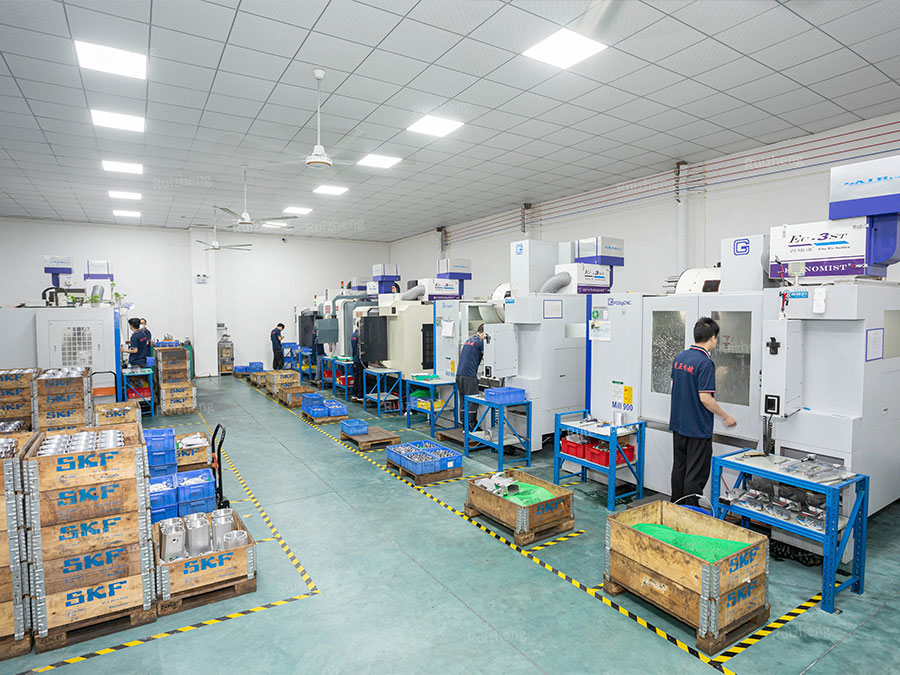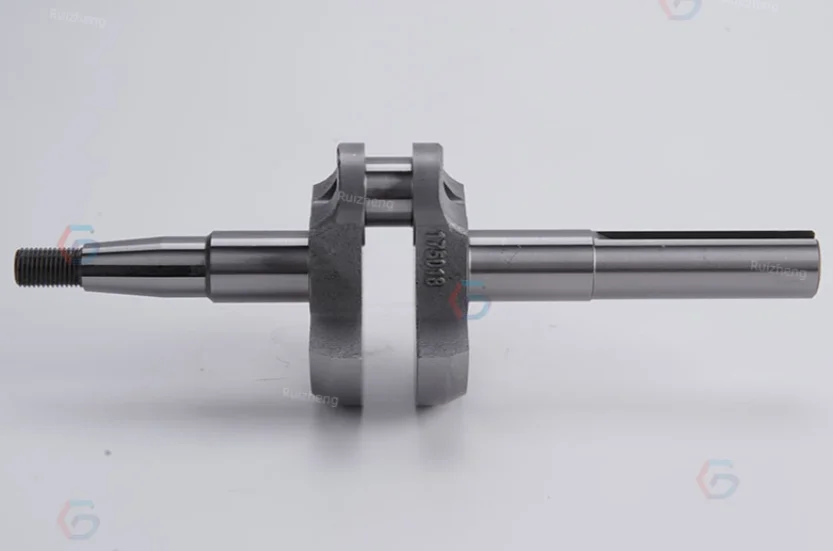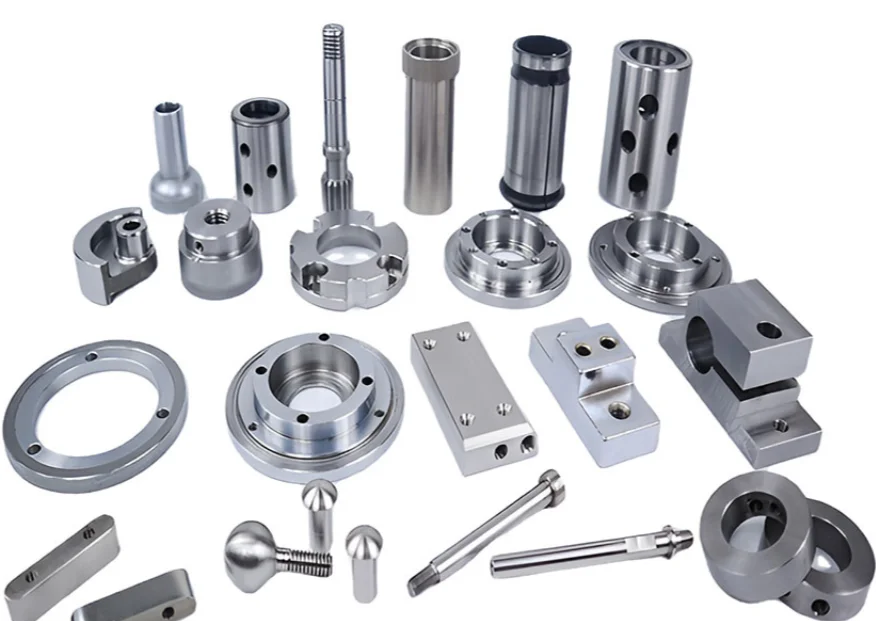When you see a drone flying smoothly, hovering steadily, or capturing stunning aerial footage in the sky, have you ever thought that behind these seemingly simple flights, there are actually extremely sophisticated mechanical structures hidden? The performance of drones – whether it is endurance, stability, or wind resistance – is highly dependent on the machining accuracy of its internal key components. Among them, precision shaft processing plays a vital role.
According to the master of Foshan Ruizheng Machinery Factory, the core moving parts of drones, such as motors, propellers, gimbals, etc., all require high-precision shaft parts to ensure efficient transmission and low-loss operation. Even an error of only 0.01 mm may cause increased motor vibration, gimbal shaking, and even affect flight safety. Therefore, high-end drones must use ultra-high-precision turning, grinding and heat treatment processes in key parts to ensure that the concentricity, surface finish and wear resistance of the shaft are maximized.
So, which parts are inseparable from precision shaft processing? How do they affect the overall performance of drones? In the following content, we at Foshan Ruizheng Machinery will reveal 6 key drone components that you may never have noticed, but are crucial, to see how they support every stable flight of the drone under the millimeter-level precision requirements!
Core components of the motor
Rotor shaft
Function: Support the rotation of the motor and transmit torque.
Processing requirements: The diameter tolerance usually needs to be controlled within ±0.005mm, the surface roughness Ra≤0.4μm, and the concentricity requirement is high to avoid vibration.
Material: Stainless steel (such as SUS303) or high-strength alloy steel.
Function: Fix the bearing to ensure stable operation of the rotor.
Processing requirements: The inner hole accuracy must reach H6 level (IT6 tolerance), the roundness ≤0.003mm, and the clearance with the shaft must be precisely matched.
Propeller system
Hub shaft
Function: Connect the motor and the propeller to withstand centrifugal force and torque.
Processing requirements: shaft diameter tolerance ±0.01mm, dynamic balance ≤0.5g·mm, thread fit needs to be anti-loose (such as fine pitch thread).
Material: 7075 aluminum alloy or titanium alloy (lightweight + high strength).
Gimbal stabilization system
Universal joint axis
Usage: To achieve stable adjustment of multiple degrees of freedom of the camera.
Processing requirements: shaft diameter tolerance ±0.005mm, roundness ≤0.002mm, surface hardening treatment (such as chrome plating or nitriding) is required for wear resistance.
Typical structure: hollow shaft design to reduce weight while ensuring torsional stiffness.
Brushless motor shaft
Usage: Drive the gimbal to respond quickly.
Processing requirements: Dynamic balance must be maintained under high-speed rotation (>10,000 RPM), and shaft runout ≤0.01mm.
Transmission and reduction mechanism
Gear shaft
Application: Used for reduction motor or servo transmission.
Processing requirements: Coaxiality between gear pitch circle and shaft ≤0.01mm, surface hardness HRC58-62 (carburizing and quenching).
Common type: sun gear shaft of planetary gear system.
Worm shaft
Function: used for high reduction ratio transmission (such as mapping drone gimbal).
Processing requirements: helix angle accuracy ±30′, lead error <0.02mm/100mm.
Servo assembly
Output shaft
Function: control drone rudder (such as fixed-wing drone).
Processing requirements: keyway symmetry ≤0.015mm, axial play <0.03mm.
Sensor components
IMU (inertial measurement unit) mounting shaft
Function: ensure sensor base alignment.
Processing requirements: mounting surface flatness ≤0.005mm to avoid measurement errors due to deformation.
From the motor rotor to the gimbal, these six key components reveal to us an unknown fact: every smooth flight and every stable frame of the drone is based on millimeter-level precision machining. It is these extremely polished shaft parts that allow drones to break through the constraints of gravity and show their prowess in the fields of industry, aerial photography, rescue, etc.
As drone technology develops towards higher loads and longer endurance, the requirements for precision shaft processing will only become more and more stringent. In the future, we may see more advanced processing technology and material applications, allowing these “invisible heroes” to continue to push the boundaries of drone technology. The next time you see a drone in the sky, think about it – its wonderful performance may come from a precision shaft with an accuracy of 1/10 of a hair.


The content of this article “6 core components of drones that you may not know require precision shaft processing” is originally shared by Foshan Ruizheng Machinery Manufacturing Co., Ltd. (spindleshaft.com). We are a service-oriented enterprise specializing in the production of precision shaft parts and precision non-standard parts. We have passed ISO-9001 and SGS certifications and won the honorary title of China High-tech Enterprise. We are also a long-term supplier of Haas, Bosch, Hitachi, Midea (shafts, housings, motor shafts), and have business cooperation with many well-known companies and listed companies.


